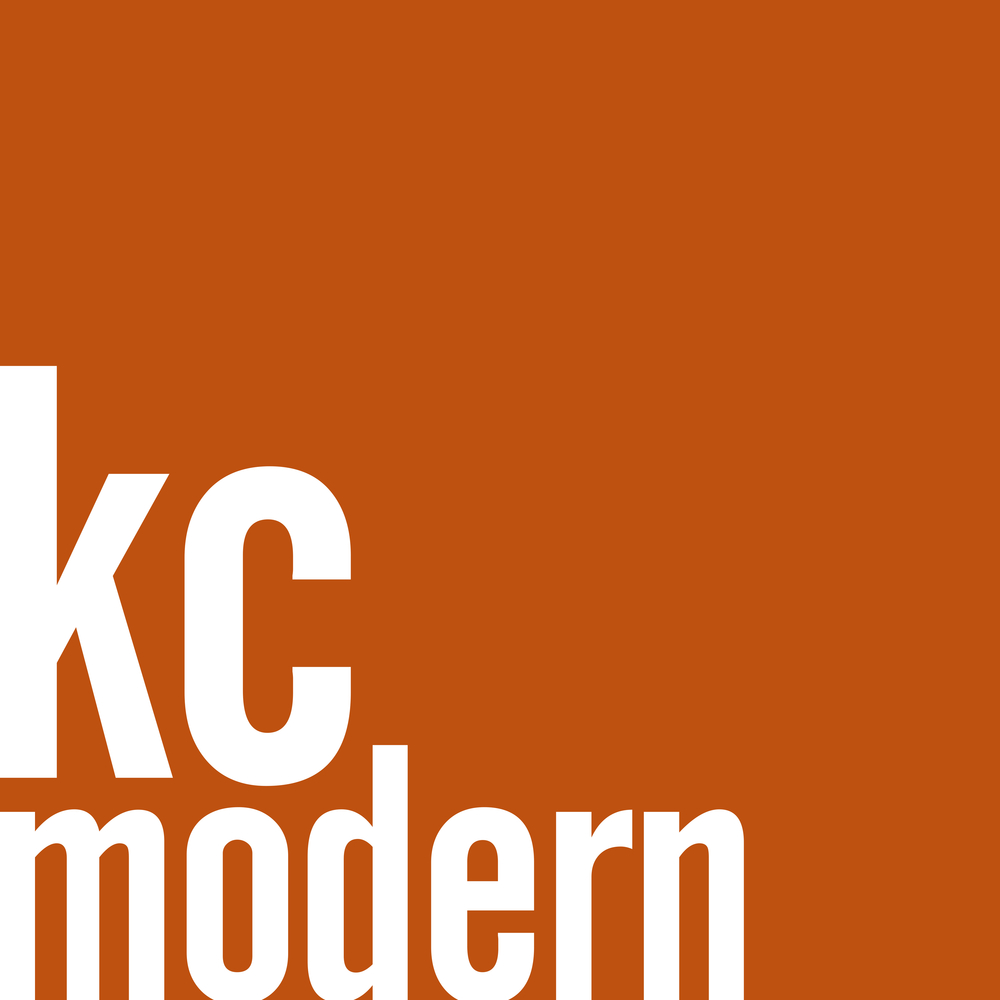
Name: Case Study No. 4, Greenbelt House
Architect: Ralph
RapsonYear Designed: 1945
Builder:
UnbuiltYear Completed:
UnbuiltSize: 1800 sq.ft including enclosed courtyard space
(living, dining, kitchen, 3 bedrooms and 2 baths)
Location: Hypothetical urban lot
Type: Residential
Style: Modern
Status:
UnbuiltIllustrations: Drawn by Ralph
Rapson, found in various online sources.
Ralph Rapson was one of only two Architects from outside of California to be tapped to design a Case Study House for
John Entenza's Arts+Architecture Magazine. Case Study House No. 4 was as boldly modern as any of the California designed and built studies. Unlike its siblings, Case Study No. 4 was designed for a more urban lot and thus had a more
introverted design. It focused its attention to an interior courtyard space instead of focusing outwards to a great landscape or view. The house was made up of two pavilions, one for sleeping and one for living, bisected by a glass covered courtyard.
Rapson named this central space the Greenbelt. The design was to have either a wood or steel frame and
standardized wall panels
Light and heat were to be controlled in the glass roofed courtyard with adjustable louvers, a theme explored by
Rapson with
David B. Runnells a few years earlier in the
Kawneer Storefront competition. Some design sketches also suggest that the roof might be passively
cooled with water ponds or sprinklers, another
reoccurring theme with
Runnells and
Rapson.
Rapson was known for adding such whimsical touches as jeeps, commuter helicopters and
caricaturized people to add life to his renderings.
Rapson did finally get this design built in 1989, for an indoor exhibit,
Blueprints for Modern Living: History and Legacy of the Case Study Houses at the Los Angeles Museum of Contemporary Art.
Rapson passed away on March 29 2008. He was still practicing architecture the day before his death at the age of 93.



 Ralph Rapson Quote from Ralph Rapson Rules, Architecture magazine, March 15, 2005
Ralph Rapson Quote from Ralph Rapson Rules, Architecture magazine, March 15, 2005



 About a month ago I received a box of papers and a couple of portfolios from David
About a month ago I received a box of papers and a couple of portfolios from David 







 Another competition entry was put together by
Another competition entry was put together by  It is clear that the plan of this house was also heavily influenced by Finnish Architect,
It is clear that the plan of this house was also heavily influenced by Finnish Architect, 







 Name: Case Study No. 4, Greenbelt House
Name: Case Study No. 4, Greenbelt House










 Name: Runnells Residence
Name: Runnells Residence

